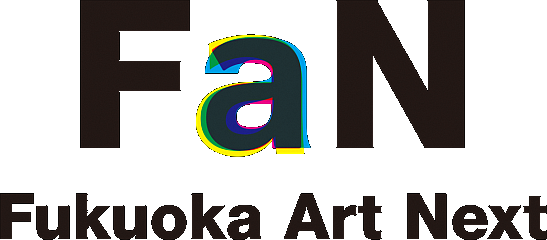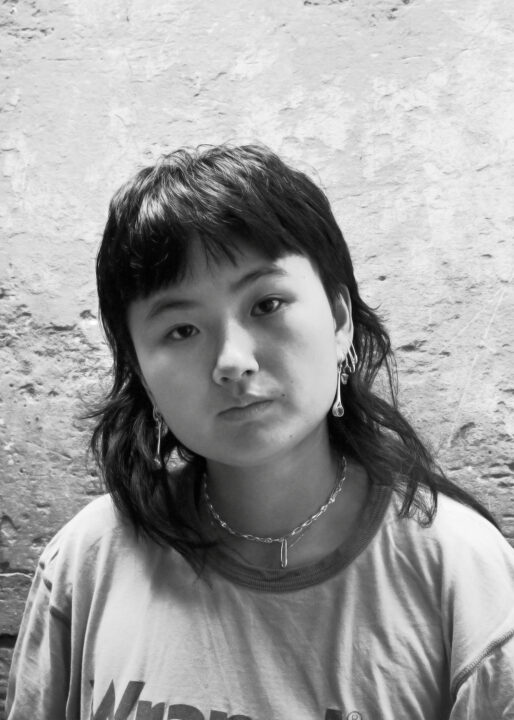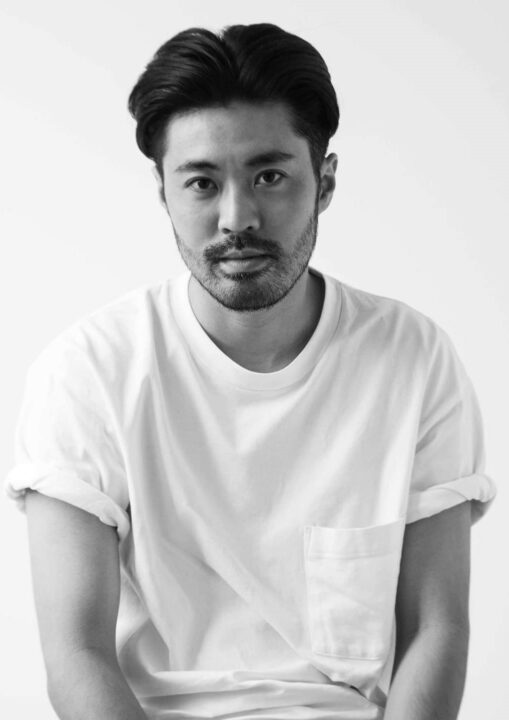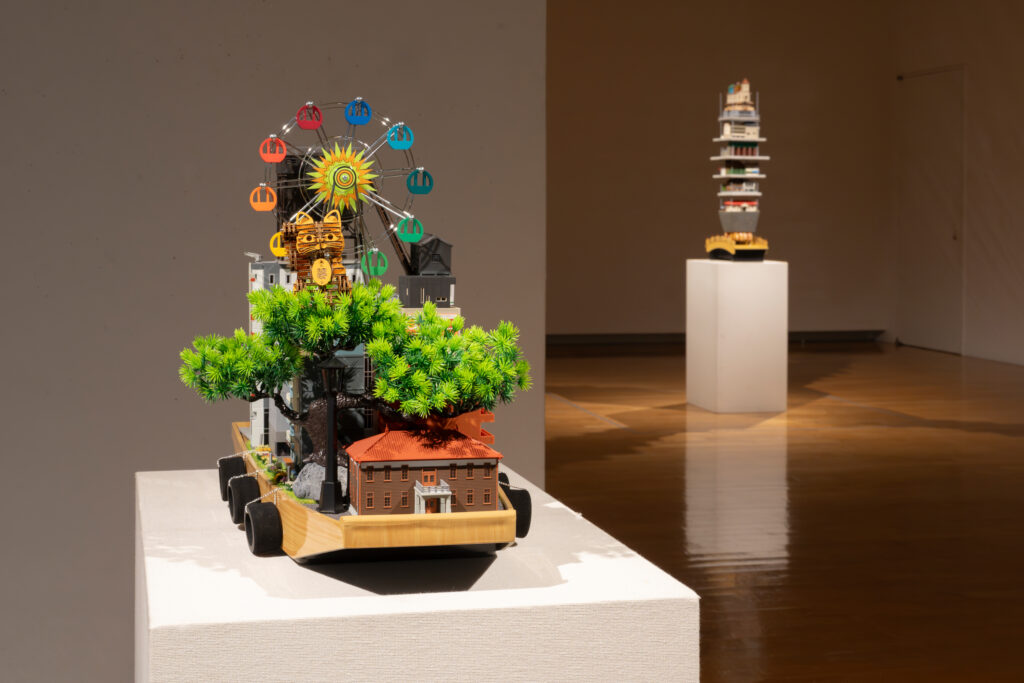
WINDS OF ARTIST IN RESIDENCE 2023 3rd Period
Urban Phenomenology ―Just what is it that makes our future so uncertain, so appealing?
- Period
- Feb 23, 2024 〜 Mar 3, 2024
- Venue
* Open hours and closed dates vary by each venue.
Venues and Open Hours:
▼ Gallery and Grand Studio, Artist Cafe Fukuoka (2-5 Jōnai,Chuo-ku)
11:00 – 17:00 *Closed on Monday, 26th February.
▼Exchange Gallery (8F) , Fukuoka Asian Art Museum (3-1 Shimokawabata-machi, Hakata-ku)
9:30 – 18:00 *Open until 20:00 on Fridays and Saturdays. Closed on Wednesday, 28th February.
We are delighted to announce the exhibit of new artworks by Meitao Qu (London/Shenzhen), Naho Kawabe (Hamburg/Tokyo), and Tomohiro Hanada (Fukuoka), the three artists invited to join our museum’s Artist in Residence Program (Fiscal Year 2023). They have been developing their art and thoughts while traveling around and meeting new people in Fukuoka. What were the things that intrigued them in the city within the rapidly changing landscape? The exhibition, which will take place in the two venues, would offer a glimpse of their experience during the residency through installation works and other forms of art.
◇Related Events
Visitors are invited to join the talk in each venue, where the three invited residency artists will take time to share their thoughts and experiences in front of their artworks.
Opening Talk*
Date: Friday (Public Holiday), 23rd February, 14:00-16:00
Place: Grand Studio (Meeting Place) and Gallery, Artist Cafe Fukuoka
Closing Talk*
Date: Saturday, 2nd March, 14:00-15:00
Place: Exchange Gallery(8F), Fukuoka Asian Art Museum
*Admission free. No registration required.
Meitao Qu’s talk will be given in English with Japanese translation
Meitao Qu[曲美陶] [Residency Period: 10th January – 9th March]
Born in 1996, Shenzhen (China), lives and works in London.
Qu’s practice engages with how images are constructed and the role they play in shaping discourses of cultural and national identity. Through worldbuilding and storytelling, she works with miniature environments and architectural models to play with the visual economy of the cityscape as a symbol of ‘progress’.
Residency work
Between the historic Hakata Old Town and the ongoing redevelopment of Tenjin, there seems to be two emergent temporalities in the branding of Fukuoka. The push and pull between the past and the future draw on a duality embodied in the discourse of kokusaika and furusato. Moreover, the many construction sites across the city have transformed the present into a liminal space. Through my work, I hope to reflect on these moments of transition to consider the tensions between what used to be and what will soon to be.
Image for the new artwork

Artist at Research
Meitao Qu [曲美陶]|Fukuoka Asian Art Museum
Naho Kawabe [Residency Period: 10th January – 9th March]
Born in 1976, lives and works in Hamburg (Germany) and Tokyo.
Kawabe is an interdisciplinary artist who works on film, installation, objects, drawings, and combinations of these genres. The artist hopes to reveal contemporary social structure through historical and socio-cultural research focused on “coal” while referring to the experiences of individuals.
Residency work
I have been researching various topics related to coal, such as carbon nanotube, which only consists of carbon, or chamotte (burned clay) found from a pile of coal waste that I came across in Meinohama. While doing research, I sometimes accommodate or dis-accommodate myself into the rhythm of Fukuoka city. By doing so, things will take me to an unexpected destination. What does it mean for an artist to do research? I am exploring the potential of my research as I work on my new artwork.
Sketches for the new artwork

Artist at Research
Naho Kawabe|Fukuoka Asian Art Museum
Tomohiro Hanada [Residency Period: 10th January – 9th March]
Born in 1986, lives and works in Iizuka.
Hanada attempts to reflect and reconstruct invisible things inside the visible through photography. He points out our lack of thoughts caused by mundane routines and tries to shed light on something that is often overlooked in everyday life.
Residency work
I often went to Tenjin for several reasons when I was a student. Tenjin was a place where I could find something. I remember going out to Tenjin with my friends if there was something to do. My interest is in the landscape of Tenjin, which keeps changing due to city development. Through my research on the characteristics that once existed there, memories of the people, and the history of the place, I plan to integrate various points of view in my new artwork.

Image for the new artwork

Shooting scene
| Venue | * Open hours and closed dates vary by each venue. |
|---|---|
| Admission | Admission Free |
| Organiser | Fukuoka Asian Art Museum |
| Contact | 092-263-1100 |
| Co-organizer | The Nishinippon Shimbun Co., Ltd |














